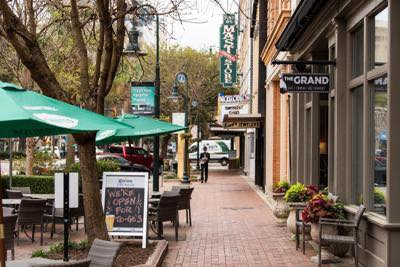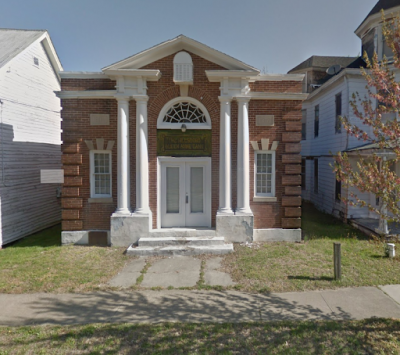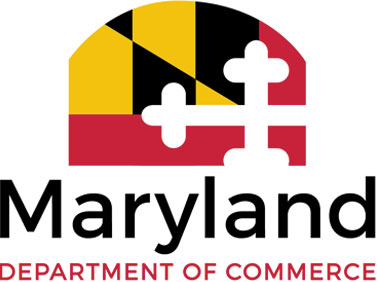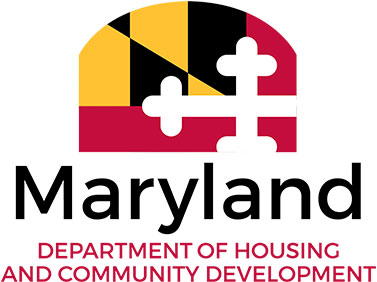State of Maryland Designates Four New Sustainable Communities

New Carrollton, MD (June 17, 2020) – Three Eastern Shore communities and one town in Western Maryland have been named Maryland’s newest Sustainable Communities. With this designation, there are now 121 Sustainable Communities in the state. The program provides local governments with a revitalization “toolbox” of state resources including programs, loans, grants and tax credits that can support brick and mortar community projects, small business development, job creation, and tourism
Wicomico County – City of Fruitland
Located southeast of Salisbury, Fruitland began developing as a crossroads village and became known as Forktown in the early 1800s. Due to its large and varied agriculture, the name of the developing town was changed to Fruitland, and the City was incorporated in 1947. As a Sustainable Community, Fruitland hopes to maintain its small town roots while building on its strengths as a growing community including a variety of retail opportunities and proximity to the assets of the University of Maryland Eastern Shore. Through the university, Fruitland is participating in the Well-Connected Communities program sponsored by the Robert Wood Johnson Foundation, connecting the city with funding and programming focused on mental, physical, environmental, and health-related initiatives. Key Sustainable Community goals include creating more park and recreational opportunities for residents, streetscape and façade improvements to support downtown revitalization, and improving pedestrian connections and access to downtown.
Washington County – Town of Hancock
With a population of approximately 1,500, Hancock is one of Maryland’s oldest settlements, incorporated in 1853. Located in the narrowest part of the state, between the Pennsylvania border to the north and the Potomac River to the south, the region features rolling productive agricultural lands, flanked by forested mountains. Hancock was named for Edward Joseph Hancock, Jr., whose family operated the local ferry at this northernmost point of the Potomac River. In addition to its designation as a Sustainable Community, Hancock is also designated as a Main Street Maryland community, a state Arts and Entertainment District, and, most recently, as a federal Opportunity Zone. Hancock is also currently seeking a designation as a Maryland Heritage Areas Targeted Investment Zone. Hancock’s goals include promoting tourism on the Western Maryland Trail, implementing strategies to promote business expansion, creating an attractive gateway for the town, and improving downtown signage. Proposed infrastructure improvements include stormwater retrofits, rehabilitation or demolition of vacant buildings, as well as streetscape and pedestrian improvements.
Caroline County – Town of Hillsboro
Incorporated in 1853, Hillsboro is one of Caroline County’s oldest municipalities, featuring nearby tourist attractions like the Adkins Arboretum, Tuckahoe State Park, and access to Tuckahoe Creek. State Route 404 serves as the Town’s Main Street, and Hillsboro’s historical and cultural assets include a Civil War Trail, an historic episcopal church, the bank building on Main Street, and the Town Hall building, which is the area’s old school house. The town’s key Sustainable Community goals include main street façade improvements, improving sidewalk conditions, the revitalization of the Town Hall building, and improving stormwater drainage on Church Street.
Wicomico County – Town of Willards
The Town of Willards was incorporated in 1906 and has a total population of just under 1,000. Willards benefits from participation in the Town Manager Circuit Rider Program, administered by the Maryland Department of Housing and Community Development. The town’s key goals include: streetscape improvements on Main Street; improvements to public park and recreational facilities with support from the Maryland Department of Natural Resources’ Community Parks and Playgrounds Program; sidewalk improvements, including connections to Willards Elementary School; conducting a stormwater management study and implementing improvements to the system; launching a commercial façade improvement program, and; promoting tax credits to support both the expansion of existing businesses and new business development.
For more information on the Sustainable Communities program, visit https://dhcd.maryland.gov/Communities/Pages/dn/default.aspx.



